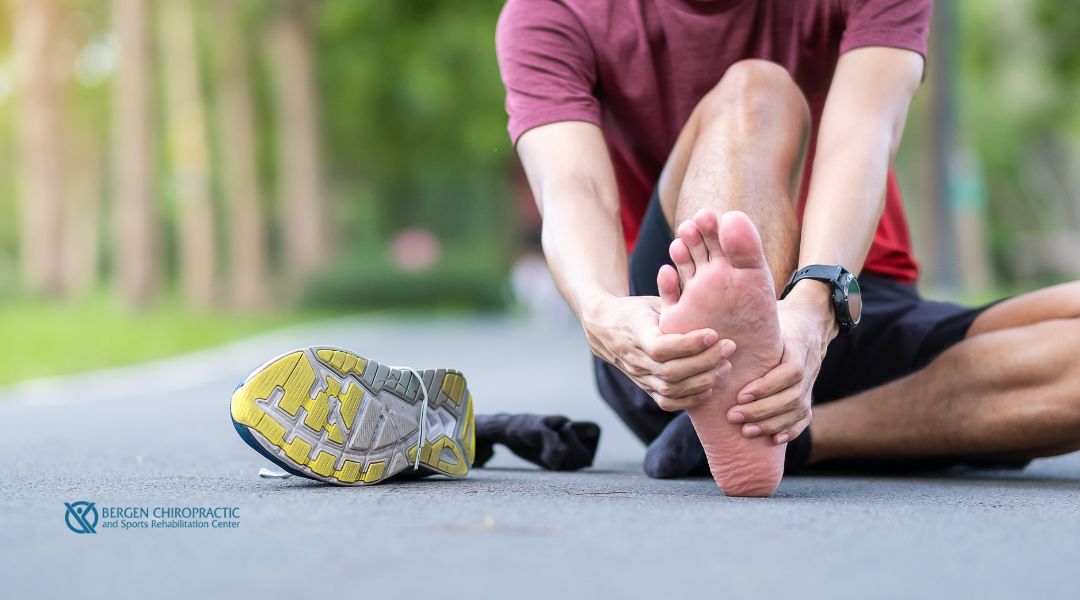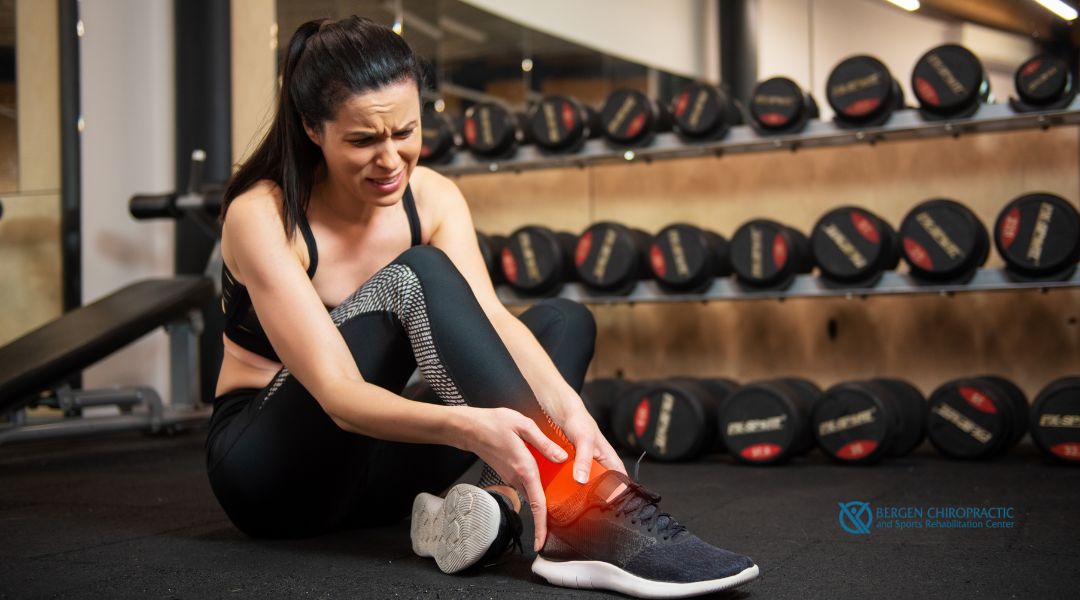Chiropractic care for basketball players offers injury prevention, improved mobility, and faster recovery to elevate your game.
Stick to Health: 5 Ways Chiropractic Care Boosts Lacrosse Athletes
Chiropractic care for lacrosse players offers key benefits like injury prevention, improved recovery, and enhanced flexibility to keep athletes at their best.
Beyond the Cramp: Understanding and Treating Back Spasms With Chiropractic Care
Relieve back spasms with chiropractic care, addressing the root cause to reduce pain, improve mobility, and prevent future flare-ups for lasting relief.
Seniors’ Guide to Shaking Off Winter Back Pain: Chiropractic Care for a Pain-Free Spring
Relieve winter back pain with chiropractic care, helping seniors improve mobility, reduce stiffness, and enjoy a pain-free, active spring season.
Shake Off Winter Stiffness: Preparing Your Body for Spring With Chiropractic Care!
Ease winter stiffness and prepare for spring with chiropractic care, improving mobility, reducing tension, and keeping your body strong and flexible.
Building a Strong Foundation: Why Kids Should Visit a Chiropractor Before Joining Sports Teams
Chiropractic care helps kids build a strong foundation for sports by improving alignment, preventing injuries, and enhancing performance before joining a team.
Plantar Fasciitis in Runners: Chiropractic Solutions for Faster Recovery
Speed up recovery from plantar fasciitis with chiropractic care—learn how runners can relieve pain, improve mobility, and get back to training faster.
Weathering the Storm: Chiropractic Care for Weather-Induced Headaches in Spring
Relieve springtime headaches with chiropractic care—learn how weather changes trigger pain and what treatments help restore balance and comfort.
Spring Into Action: How Bergen Chiropractic Treats Seasonal Ankle Pain in New Jersey
Ease seasonal ankle pain with expert chiropractic care in New Jersey—learn how Bergen Chiropractic helps you stay active and pain-free this spring.
Top 5 Health Issues Treated by Chiropractors in Hackensack and Cliffside Park, NJ
Learn the top five health issues chiropractors treat in Hackensack and Cliffside Park, NJ, from back pain to migraines, and how chiropractic care can help.










